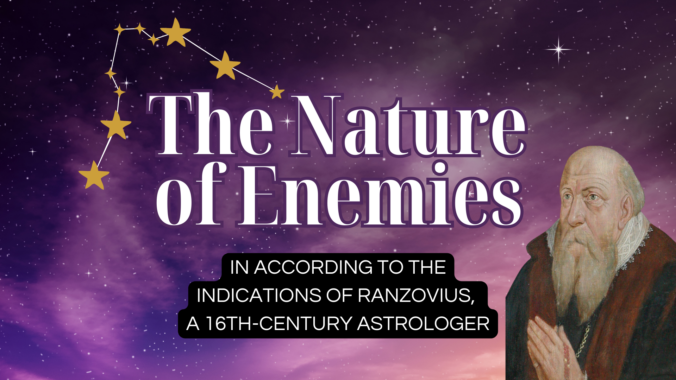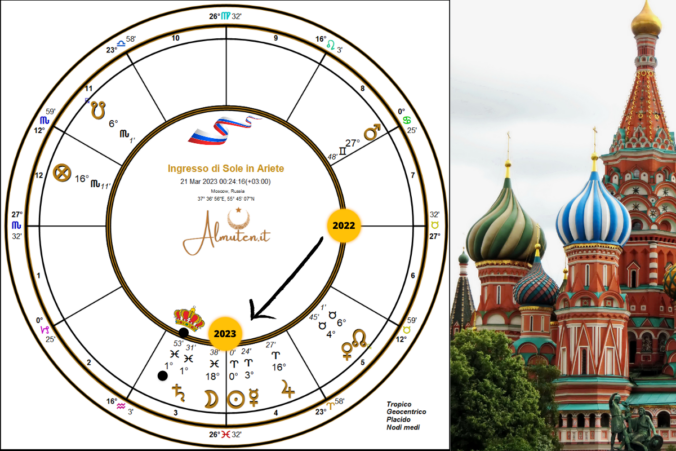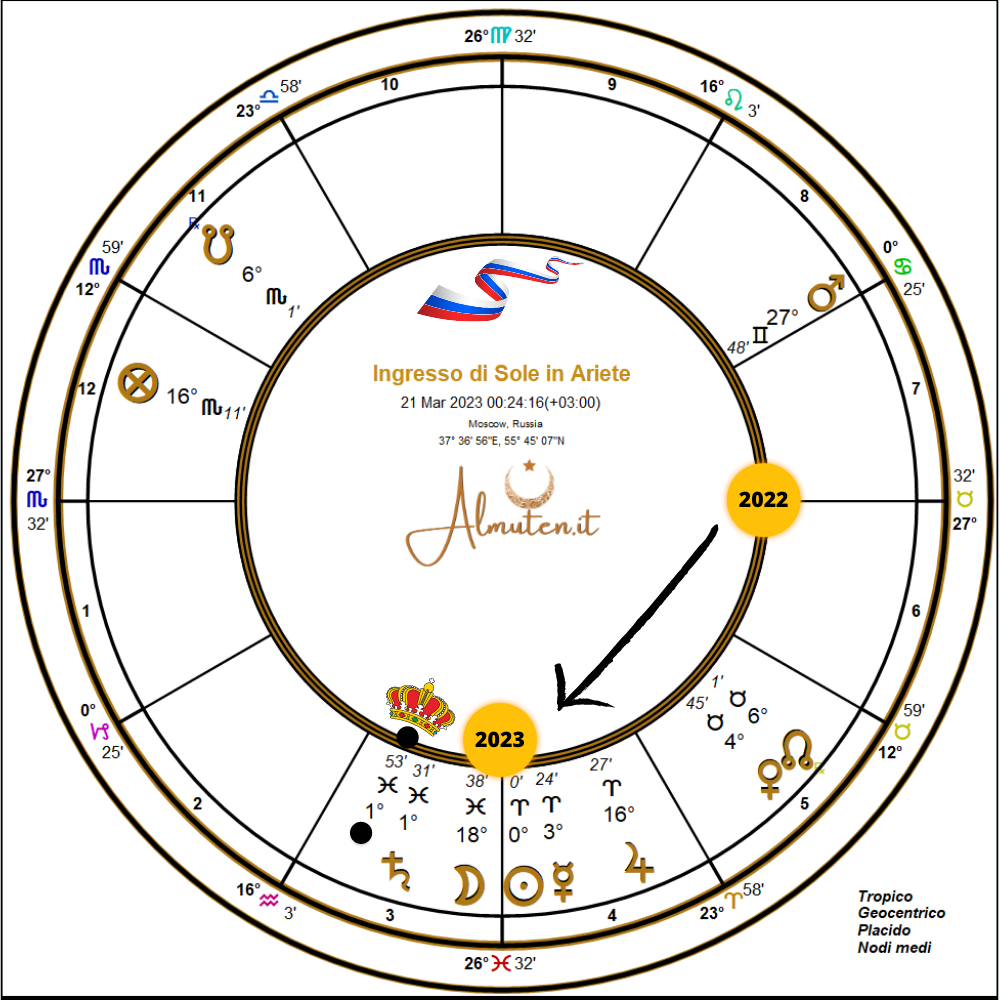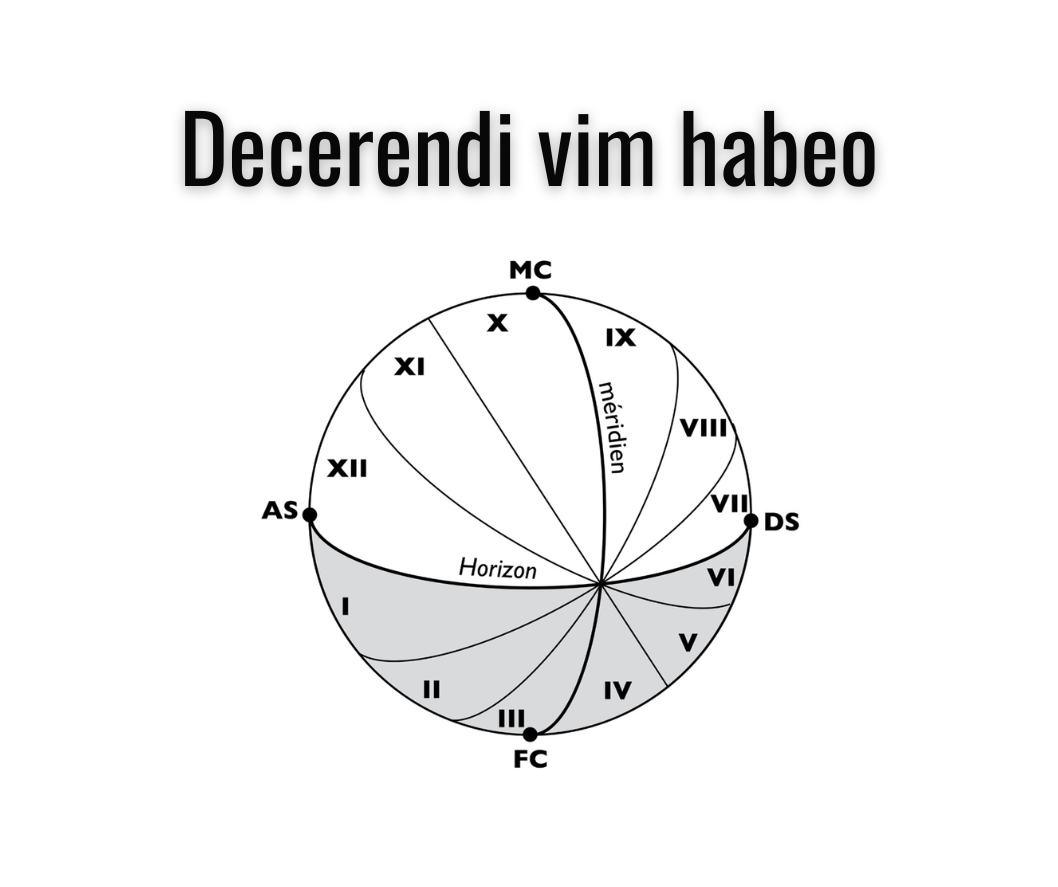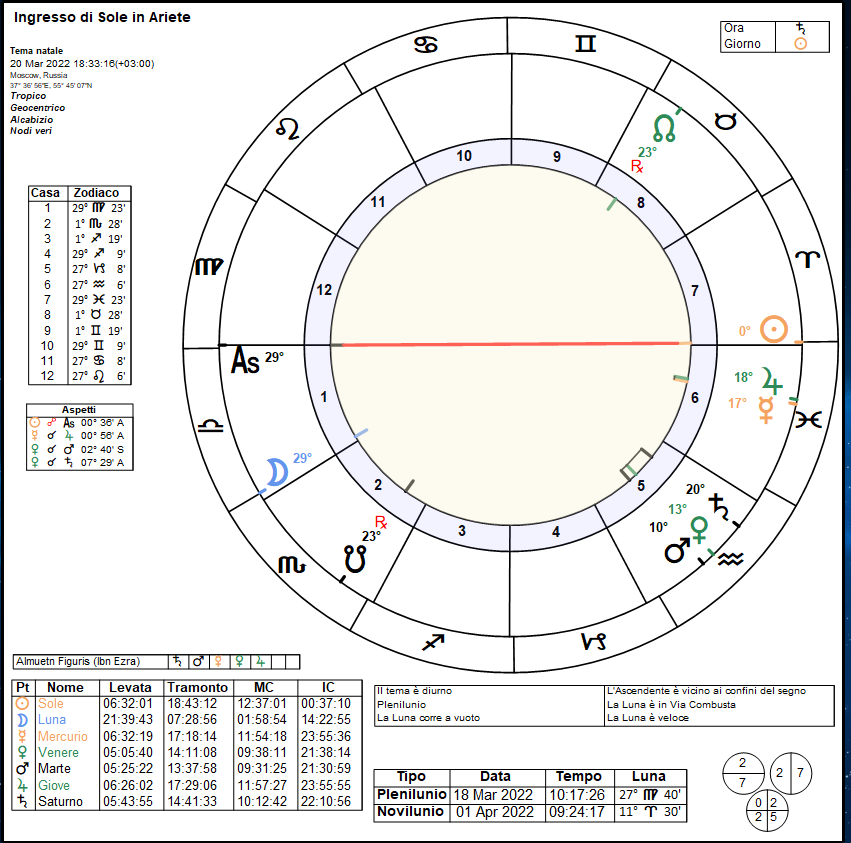Ranzovius (Steinburg, March 11, 1526 – Breitenburg, December 31, 1598, a German humanist astrologer ), in his treatise on nativity, describes in the Sixteenth Chapter of the Third Part how to determine the significators of a native’s enemies, that is, how to identify the quality of a person’s enemies, those who may cause harm or work against the native. He offers a brief general indication on accidental and natural significators. In the astrology of the 16th century (the period to which Ranzovius belonged), there was a habit of simplifying approaches with didactic methods, while still indicating schemes to identify both accidental and natural significators, with a series of references, aphorisms, and instructions to arrive at a final judgment (the most famous astrological manual by Ranzovius is “Tractatus astrologicus de genethliacorum thematum“; his treatise appeared in 1597 and was published in five editions by 1615. Rantzau was considered a generous patron of artists and writers in Lubeck, many of whom wrote memorials about his father. He was also a successful merchant with business interests in Husum and Lubeck).

The author suggests considering the significations of enemies from the Twelfth House and its Ruler. Then, he proposes the use of the “Part of Enemies” (which he calls “Pars Inimicorum” and is calculated with the formula Ascendant + Saturn – Mars for the day birth, and Ascendant + Mars – Saturn for the night birth). He also indicates a natural signifier of enemies without distinguishing between day or night births. In fact, he writes: “item Saturni nam is natura significat odia hominum,” which means Saturn is indicated as the natural signifier of enemies because it is in the nature of the planet to signify the hatred of men or anything contrary to life and, therefore, man. Then, it is necessary to consider the almuten of the indicated places:
- the almuten of the Ruler of the Twelfth place,
- the almuten of Saturn,
- and the almuten of the Twelfth House.
It is necessary, he writes, to consider whether the planets and the almutens that indicate or are related to the native’s enemies are in good or bad conditions. In particular, he mentions if they are in “burned” places: probably meaning if they are planets under the rays (“sub radiis”) or worse yet, combust, or he may be referring to the visibility of the planet because being “burned” (or under the rays) indicates a planet undergoing a process of invisibility. This seems to suggest that the invisibility of the stars may indicate something about the enemies and their way of acting (an invisible, cunning manner?) especially when these planets have significance in the enemy’s places. Consequently, the eventual visibility does not necessarily mean the absence of enemies, but it could indicate visible enemies or those who clearly reveal themselves. Meanwhile, invisibility signifies enemies who act without our knowledge or appear in deceptive disguises.
Saturn generates the fiercest hatred, says Ranzovius. The author states that hatred and the fierce and violent actions of enemies occur in the same way when the fortune of the enemies (Part of Enemies) corresponds with their own fortune. As a result, it is necessary to verify the qualities or the situation related to the ruler or dispositor of the fortune and the fortune of the enemies, whether they are in tension with each other or if they have any particular characteristics or connections. The enemies of the native will then act upon the native’s substance or have an active impact on the native’s life (harmful action).
Ranzovius says that if the ruler of the Part of Enemies is angular, it will act strongly in the native’s life. He then cites some indications from Albubater and writes: if the sign of the Twelfth House, or the sign of its ruler, or the sign of the ruler of the Part of Enemies is in a common sign (Gemini, Virgo, Sagittarius, Pisces), then there will be many enemies to fear!
The nature of the Twelfth House sign can provide additional information about the nature of the enemies. But Ranzovius says that it is more important to judge the “ruler” of the Twelfth House, both its essential and accidental qualities, and the position it occupies, to understand the nature of the enemies or their acting ability or modus operandi. Therefore, he states that whatever the planet signifies in terms of social customs, professions, or descriptions of people, this will give an indication of the nature of the native’s enemies.
He then proposes another method of investigation, which he says “comes from various codes.”

The author writes about considering the planets in the Seventh and Twelfth House (because they will have significance on the native’s enemies), as well as the planets that oppose the luminaries (in this case, the author seems to indicate that the planets with the most tense aspect overall, specifically opposition to the luminaries, i.e., the Sun and Moon, can have significance on the native’s enemies; it logically follows that planets square to the luminaries may also have significance on the enemies).
Then, he again points out Saturn, which is necessary to be considered as a natural significator of hatred towards men.
A PRACTICAL EXAMPLE
THE NATURE OF ENEMIES OF EMANUELA ORLANDI
I tried to analyze the matter of enemies in Emanuela Orlandi’s natal chart. Who are the enemies of Emanuela Orlandi? What is the nature of those who have operated or acted to her detriment? The nativity is in the Regiomontanus system. The birth time is rated “A” (RR=A).

CONSIDERATIONS
- Let’s identify the planet of life – We establish the Hyleg because it is important to verify if the accidental and natural significators of the enemies are related to the planet signifying life. The Hyleg (or Apheta, which is the predominator haylâj) is Jupiter. Jupiter is the ruler of the Ascendant and the Hyleg of the nativity, it is retrograde, and in its essential nature, it is weakened as it is in detriment.
- Let’s identify the planets of the enemies – According to Ranzovius’ indications, we can use the Twelfth House as a reference point to identify the accidental significator of the native’s enemies. The Twelfth House is in Scorpio, so without a doubt, Mars is the accidental significator of the enemies. Mars is in the house of Jupiter (which is the sign where we find the domicile of the Hyleg, Jupiter). Moreover, since the nativity is nocturnal, the Moon is the first luminary. It separates from Mars, the planet representing the accidental significator of the native’s enemies, and then immediately applies to Saturn, the natural significator of the native’s enemies. Saturn is precisely in the house of Mars. This means that the Moon is besieged; even though it is in its domicile, it also occupies the eighth place, which is indicated in Ranzovius’ texts as another place of hostility for the native. The besiegement of the luminary can signify being prey to enemies.
Let’s take a moment to focus on some qualities of Mars (the accidental significator of the native’s enemies) and Jupiter (the Hyleg of the nativity).
- MARS is visible, fast, direct, western, in its triplicity.
- JUPITER is visible, slow, retrograde, eastern, in its detriment.
- The planet of enemies is fast, visible, and direct, therefore it is hungry and acts promptly and swiftly.
- Whereas the planet of life, Jupiter, is slow, retrograde, and also in detriment, therefore it is subjected to Mars, meaning that Mars is capable of prevailing over the planet that represents the native’s life.
- This means that the enemies represented in Emanuela Orlandi’s nativity are capable of predation and getting the upper hand over the native.
It’s worth noting that Mars is in the Third House, and Jupiter is in the Ninth House. The dynamic of enemies vs. the native’s life occurs in cadent places (metakosmion), but since they are in communication with the Ascendant, they have an impact on the person’s life. Additionally, both the third and ninth houses are, by definition, places of the goddess and god, i.e., places of religion, rituals, cults, temples, and sacred or consecrated places.
Mars identifies the nature of the native’s enemy: who are the enemies that will cause harm to the native? It could be a police officer or someone associated with the military or wearing a uniform, a soldier, or military personnel of all kinds, but also doctors, pharmacists, surgeons, alchemists, gunners, butchers, officers in general, bakers, butchers, armorsmiths, watchmakers, barbers, carpenters.
Let’s consider Ranzovius’ indication; he says that if the Ruler of the Twelfth House is in a common sign (as in this case, Mars is in Pisces), and if the Ruler of the Part of Enemies is also in a common sign (we will see this later, but in any case, Venus, as the Ruler of the Part of Enemies, is in the sign Sagittarius), there will be many enemies to defend against! In this case, with both Mars and Venus in common signs, the first being the accidental significator of enemies, and the second governing the fate of enemies, it means that the native will have many enemies, indicating not just one but a multitude.
It is also necessary to examine the nature of the sign: Mars is in Pisces. Therefore, since Pisces is the house of Jupiter, the enemy can also be related to Jupiter’s significations. However, the face of a planet will tell us the role that Mars plays, the guise it takes on: the face belongs to Saturn.
The enemies identified in Emanuela Orlandi’s nativity have a Mars nature (like a soldier or acting as a predator) and natures associated with Jupiter and Saturn. Jupiter signifies people of high rank, religion, nobles, government, goldsmiths, bankers, kings, viziers, magnates, jurists, and the wealthy. Saturn signifies property owners, administrators of kings, religious figures from various sects, malicious men, devotees, thieves, sorcerers, and farmers.
The determining factor is the sign occupied by Mars, which is Pisces, signifying “the abodes of angels, saints, priests, and magicians, as well as places of lamentation.” The enemies of Emanuela Orlandi are now fairly well defined.
THE PART OF ENEMIES
The Part of Enemies in the last degree of Libra, so its ruler is Venus in Sagittarius. Since Venus is in the first house, it means that the enemies act upon the native, and being Jupiter the Hyleg and ruler of the Ascendant hindered by retrograde motion, slowness, detriment, and being in a cadent place, it is weaker than Venus, the ruler of the Part of Enemies, who is fast, direct, in an angular house, and not being peregrine as it is in its own term. Venus is in antiparallel with the Part of Fortune, and the enemies act upon the native’s substance, taking away from it. Both the Part of Fortune and the Part of Enemies are both ruled by Venus, but the Part of Fortune is in the Sixth House, while the Part of Enemies is in the Eleventh House. Therefore, the Part of the native is weaker compared to the Part of Enemies, which is thus advantaged.
FINAL OBSERVATIONS
I observe that the accidental significator of enemies (Mars) and the ruler of the Part of Enemies (Venus) have some connection to Jupiter, the Hyleg planet, and the ruler of the Ascendant. Mars acts in opposition to Jupiter. Furthermore, Saturn is in Mars’ house and in detriment, so it acts destructively. The destructive ability of the enemies is also given by the aspect of the Moon to Saturn, which is applying, an aspect that is highly detrimental for this nocturnal nativity. This aspect always indicates harm and injury to the one who is born, and if this aspect involves Saturn, ruled by Mars, the accidental significator of enemies, the injury and harm come precisely from them. The native is, therefore, subject to the harmful actions of the enemies, who are numerous and have a quite eloquent nature, as emerged from this analysis. Equally important is the movement of the Moon calculated in the NYCHTEMERON path, which creates an opposition to the second luminary, the Sun. Oppositions or squares between the luminaries, especially when the significators of enemies act harmfully on the significators of life, amplify the enemies’ capacity for harm and their acting ability.
